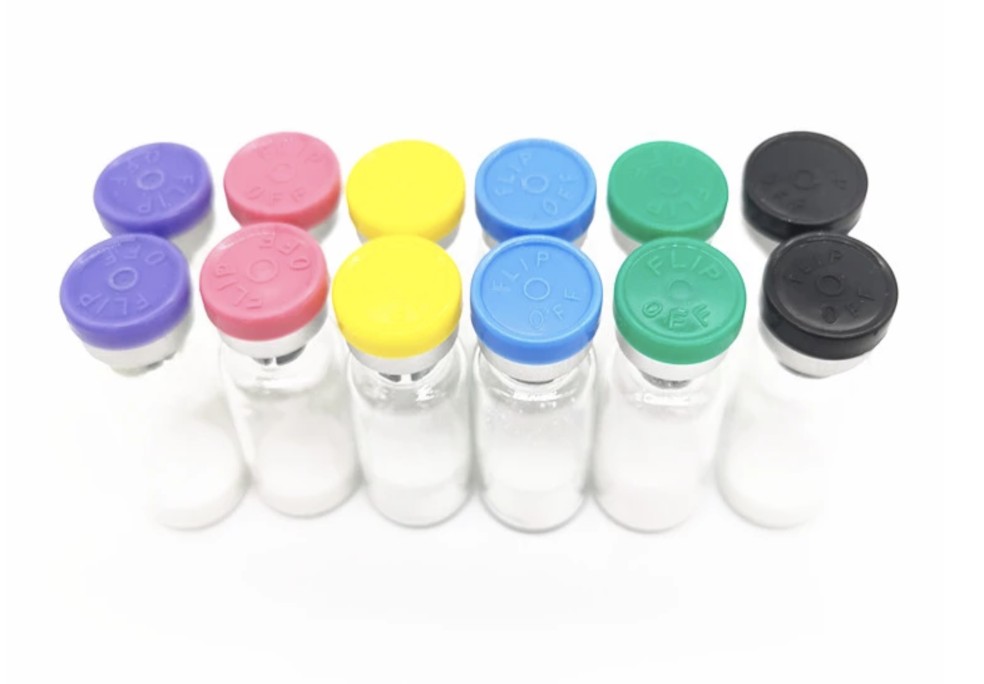Human vasopressin, also called antidiuretic hormone (ADH), arginine vasopressin (AVP) or argipressin,is a hormone synthesized from the AVP gene as a peptide prohormone in neurons in the hypothalamus,and is converted to AVP. It then travels down the axon terminating in the posterior pituitary, and is released from vesicles into the circulation in response to extracellular fluid hypertonicity (hyperosmolality). AVP has two primary functions. Primis, it increases the amount of solute-free water reabsorbed back into the circulation from the filtrate in the kidney tubules of the nephrons. Second, AVP constricts arterioles, which increases peripheral vascular resistance and raises arterial blood pressure.
Vasopressin has three main effects which are:
Increasing the water permeability of distal and cortical collecting tubules (DCT & CCT), as well as outer and inner medullary collecting duct (OMCD & IMCD) in the kidney, thus allowing water reabsorption and excretion of more concentrated urine, i.e., antidiuresis. This occurs through increased transcription and insertion of water channels (Aquaporin-2) into the apical membrane of collecting tubule and collecting duct epithelial cells.Aquaporins allow water to move down their osmotic gradient and out of the nephron, increasing the amount of water re-absorbed from the filtrate (forming urine) back into the bloodstream. This effect is mediated by V2 receptors. Vasopressin also increases the concentration of calcium in the collecting duct cells, by episodic release from intracellular stores. Vasopressin, acting through cAMP, also increases transcription of the aquaporin-2 gene, thus increasing the total number of aquaporin-2 molecules in collecting duct cells.
Increasing permeability of the inner medullary portion of the collecting duct to urea by regulating the cell surface expression of urea transporters,which facilitates its reabsorption into the medullary interstitium as it travels down the concentration gradient created by removing water from the connecting tubule, cortical collecting duct, and outer medullary collecting duct.
Acute increase of sodium absorption across the ascending loop of Henle. This adds to the countercurrent multiplication which aids in proper water reabsorption later in the distal tubule and collecting duct.






















